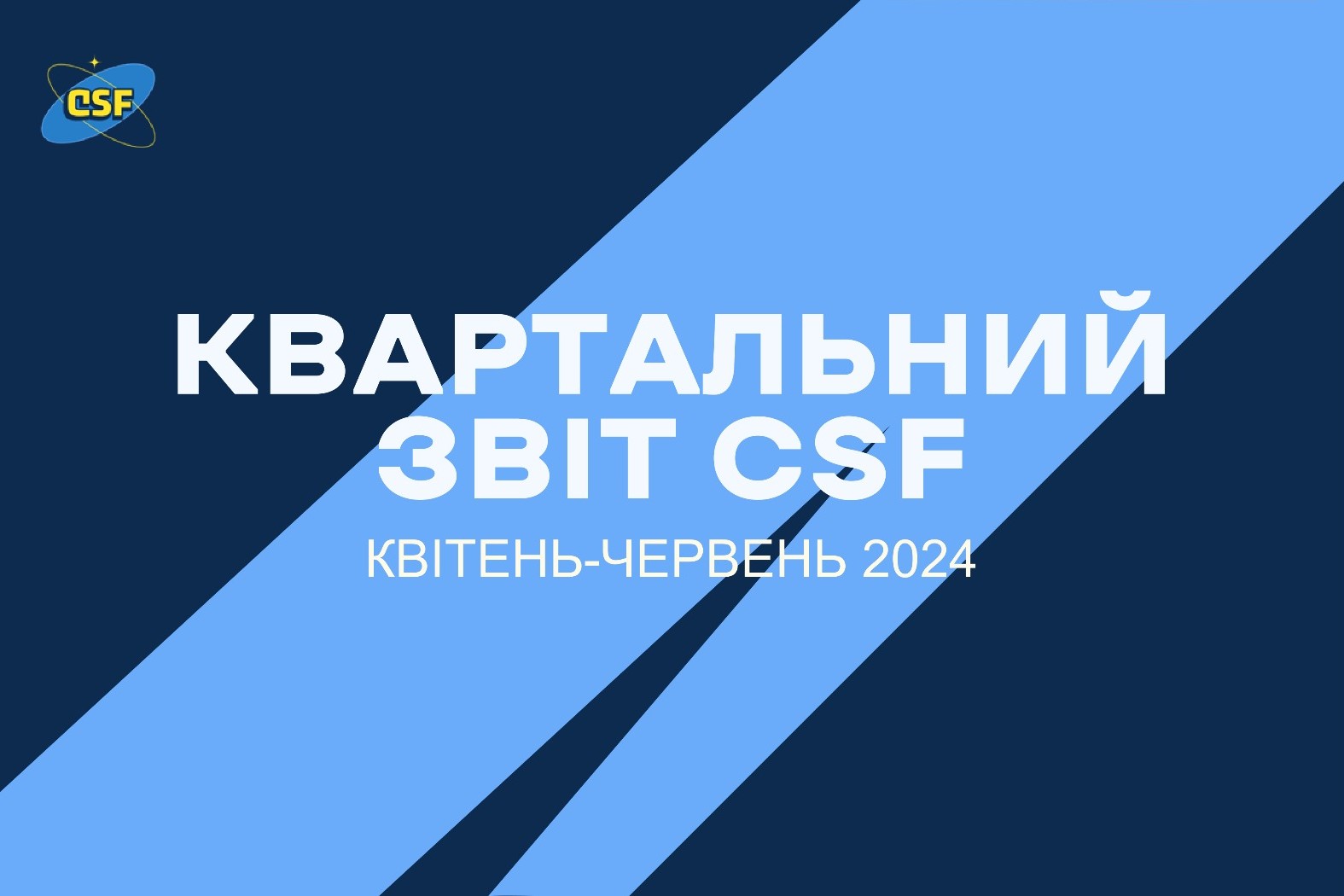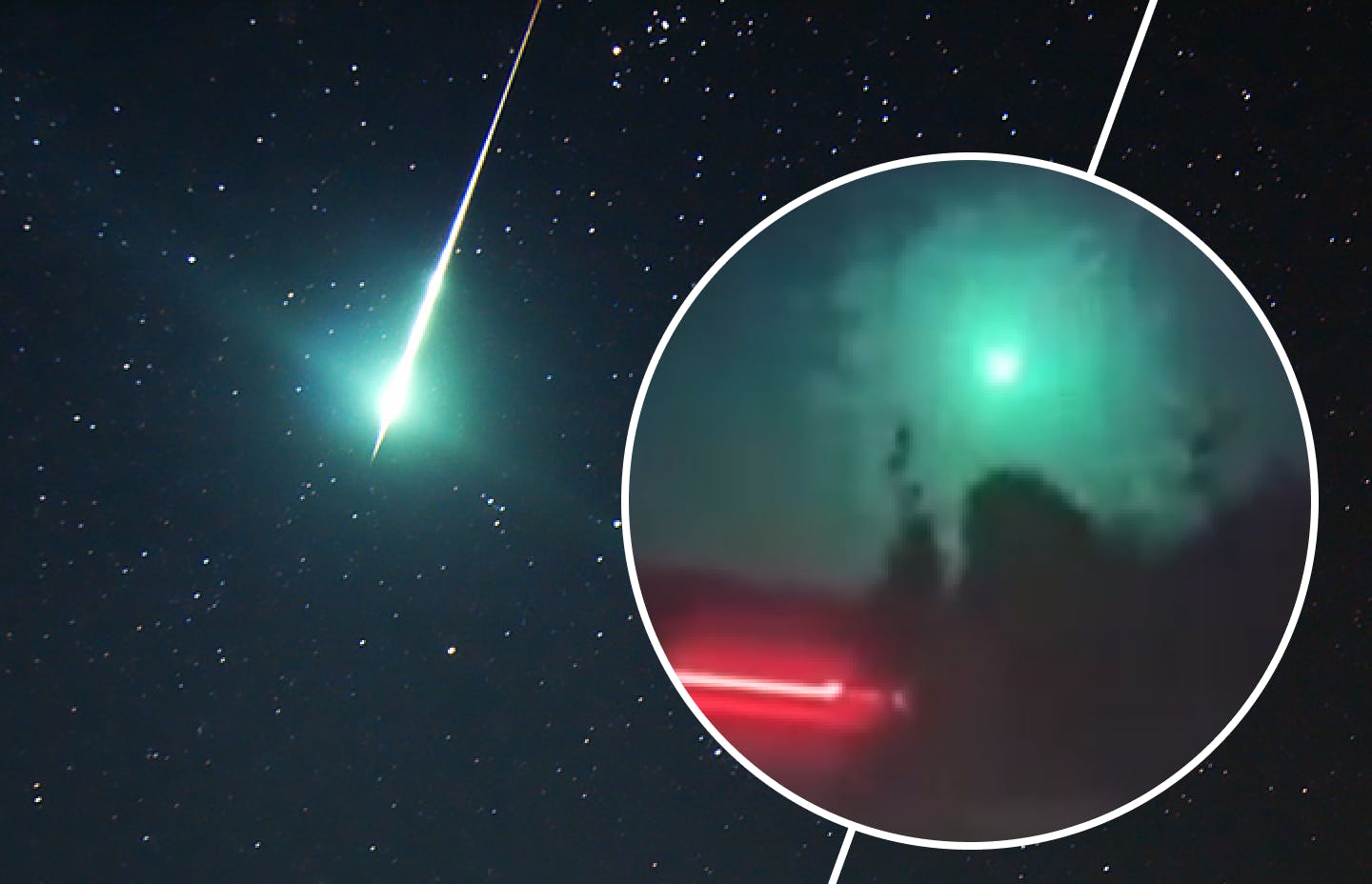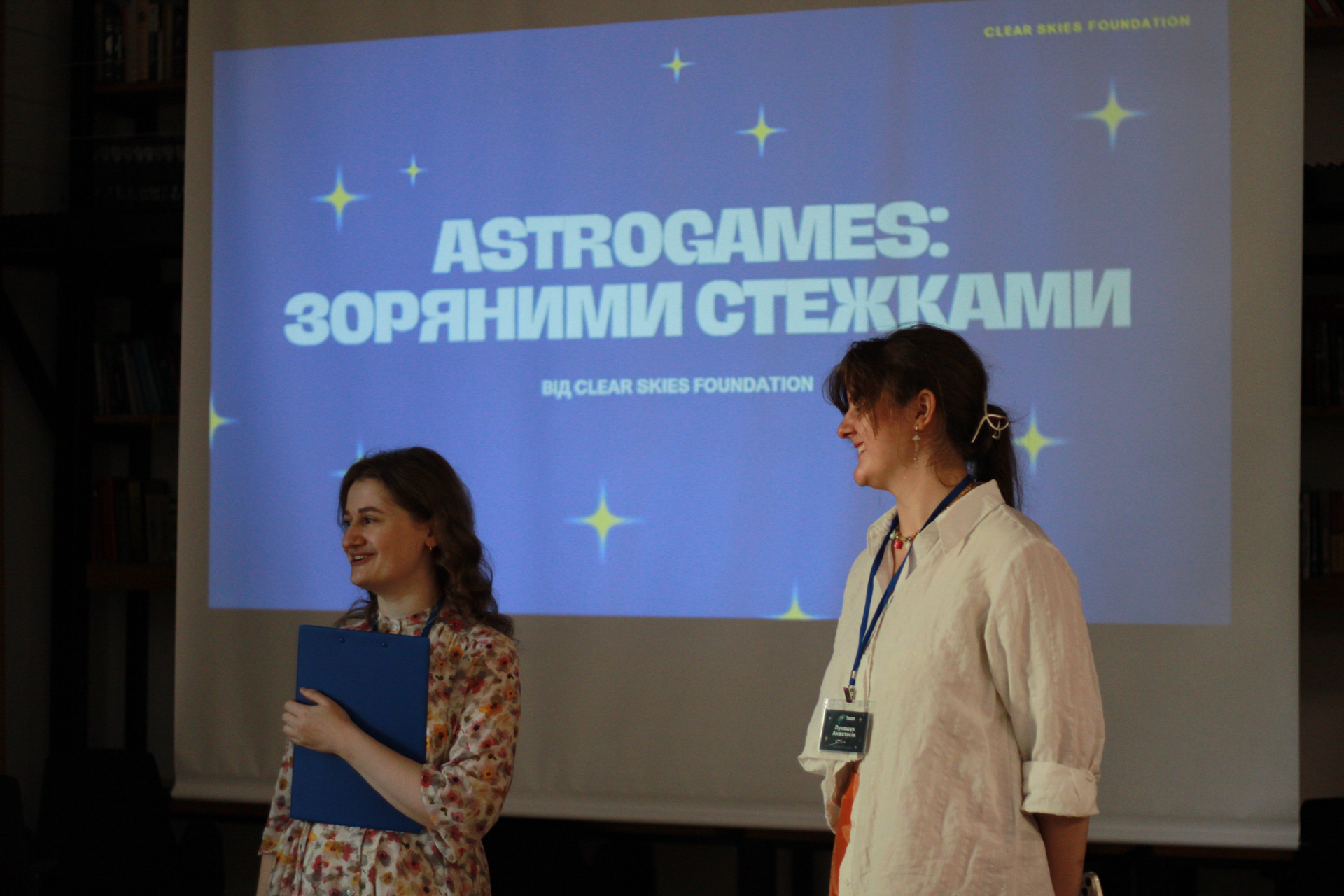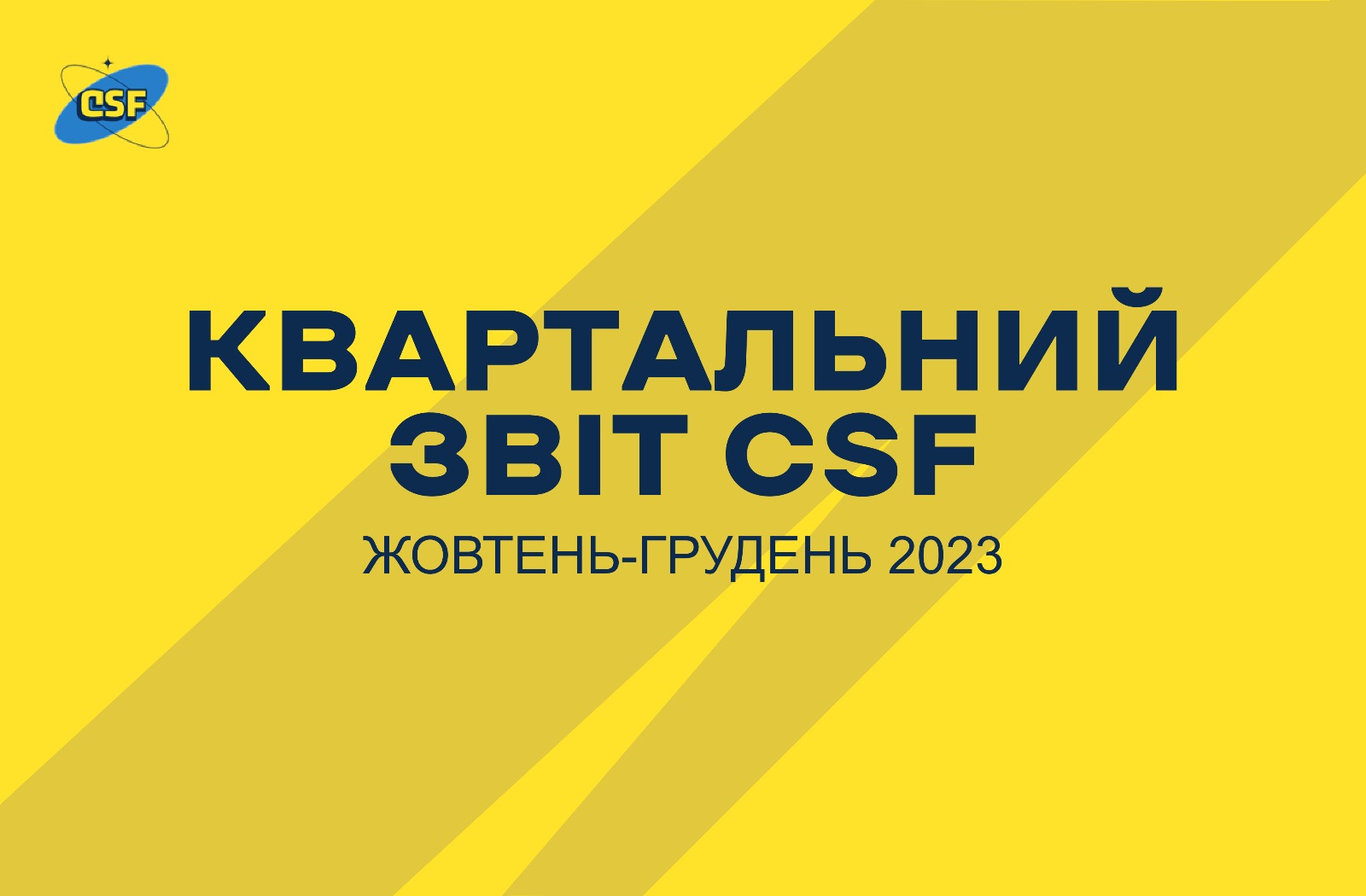 363
363
CSF's quarterly report (April – June 2024)

Team milestones
We introduced the Analytical Unit, and continued the reorganization of the team.
Completed
During this period, we created a new unit that had long been needed – the Analytical Unit. It is our “eyes”: the unit conducts research, obtains specific numerical results, analyzes them, and formulates conclusions. Based on its findings, we will be able to build a long-term strategy for 5–10 years and optimize it to maximize the efficiency of limited resources. The first short-term project of the Analytical Unit was to analyze trends in Ukrainian astronomical YouTube to improve the performance of the Communications and Educational Units.
The Wikipedian Unit continued an active publication of status articles, adding 7 more items to our already impressive list. At the same time, we began preparations for a massive project called Moonshot. Its main goal is to nominate 12 articles for Good status within a tight deadline, thus breaking several long-term records of the Ukrainian Wikipedia. We have also automated one of the processes related to writing Good articles to potentially save the team dozens of work hours per year. On the scale of our activities, this is not a critical amount, but it is still useful.
The Communications Unit continued developing our social media and brand. Although the growth was not as steep as in the previous quarter, we managed to attract almost 200 new subscribers, the vast majority of whom joined our YouTube channel. Despite the catastrophically slow pace of video production, which disrupted our plans, many of the videos were well-received by audience and gained hundreds, and sometimes even more than 1,000 views, which was a remarkable achievement for us then.
Incomplete
Due to the unexpected resignation of the head of the Educational Unit, and a significant shortage of people in both Educational and Scientific Units, they were temporarily merged into one Education and Science Unit, which would exist for the next 5 months. Unfortunately, we had to postpone several projects to keep up with at least the most crucial tasks. However, even these changes did not help us to implement these crucial projects on time.
The Variable Stars Lectures educational course was completely stalled due to systemic problems within the unit. The pipeline described in the previous quarter's report remained broken, and new participants did not lead to significant improvements. The course was scheduled to be completed by the start of TESS-UA-2024 (July 1), but by the time registration ended, only half of the planned videos had been recorded. The team's preparation for TESS-UA-2024 was also not done properly, which would cause numerous problems in the future.
However, to gain time to complete the recording of the lecture course (which never happened), we decided to change the start date of the main part of TESS-UA-2024. To keep the registered students motivated, we introduced an additional initial part of the project – the search for new variable stars using TESS observations. Later, this idea evolved into a separate project called Star Hunters.
Conclusions
- The second quarter of each year is perhaps the most difficult period of the year, because about half of the participants regularly withdraw from the project due to final or admission exams, midterms, etc. Fortunately, this year this did not paralyze our team's activities, but only reduced its effectiveness by 20-25%.
- During this period, our team members were actively learning – some were sharing their knowledge, others were gaining it. Unfortunately, it was not as successful as originally planned, but by modifying its format, we still managed to convey the most important information to the participants (both through online meetings and a set of printed materials).
- Ten new members joined the team, which allowed us to staff the units with the minimum number of members necessary for effective work for the first time in the history of the organization (as for the Departments of Education and Science, this was achieved by temporarily merging them into one department).
- In order to reduce the impact of external factors on our organization's activities (for example, blackouts), we have been working hard to optimize and automate some processes. This saved us time and relieved some of the burden on our participants, even under favourable conditions.
- Simultaneously, we were planning CSF's activities for the next six months. It is important to note that we made this process transparent: each participant could propose a new project or an idea to improve the existing ones. The final decision, as before, is made by the managers, who choose the initiatives that we would implement over the next 6-7 months.



